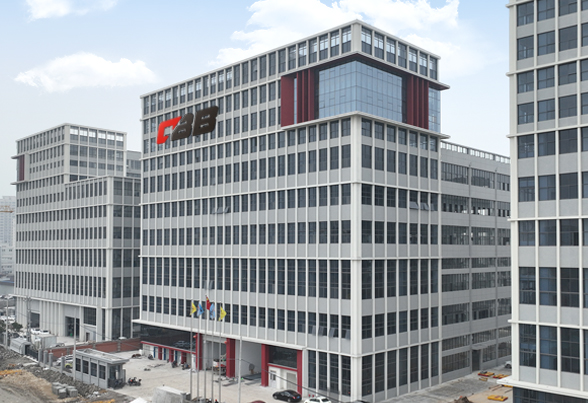Introduction
A tension controller is an essential device in various industrial applications, primarily focused on maintaining a consistent tension level in materials during processing. This ensures performance and quality in manufacturing operations, particularly in industries such as textiles, printing, and packaging.
Key Features
Precision Monitoring
The tension controller employs advanced sensors to monitor material tension in real-time.
This precision allows for immediate adjustments, enhancing the overall efficiency of production processes.
User-Friendly Interface
The device typically features an intuitive interface, making it accessible for operators of all skill levels.
This aspect reduces the learning curve and the likelihood of operational errors.
Versatile Compatibility
Tension controllers are compatible with a wide range of materials, including films, fabrics, and paper.
This versatility enables integration into various systems and processes, making it a valuable addition to many manufacturing environments.
Advantages
Enhanced Product Quality
Maintaining consistent tension leads to improved product quality.
This is crucial in applications where material stretch or slack can compromise the product's integrity.
Increased Efficiency
By ensuring tension levels, manufacturers can reduce waste and downtime.
The result is a more efficient operation, which can lead to cost savings and increased productivity.
Reduced Risk of Damage
Proper tension control the risk of material damage during processing.
This protective feature is vital for delicate materials that require careful handling.
Applications
Textile Industry
In textile manufacturing, tension controllers help maintain fabric tension during weaving and finishing processes.
This ensures uniformity and prevents defects, contributing to higher quality fabrics.
Printing and Coating
The printing industry relies on tension controllers to manage the tension of paper and film during printing and coating.
Proper tension reduces misalignment and print defects, leading to better quality prints.
Packaging
Tension controllers are used in packaging machinery to maintain the tension of films and labels.
This control is critical for achieving precise packaging that meets industry standards.
Conclusion
In summary, a tension controller is a vital component for any manufacturing process that involves material handling. Its ability to maintain consistent tension not only enhances product quality but also increases operational efficiency and reduces material damage. With its user-friendly interface and versatile compatibility, it is an invaluable tool in various industries, including textiles, printing, and packaging. Investing in a tension controller can lead to significant improvements in production quality and efficiency, making it a wise choice for manufacturers aiming to optimize their processes.

 English
English Español
Español हिंदी
हिंदी












